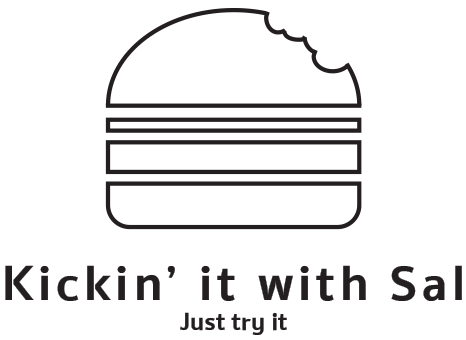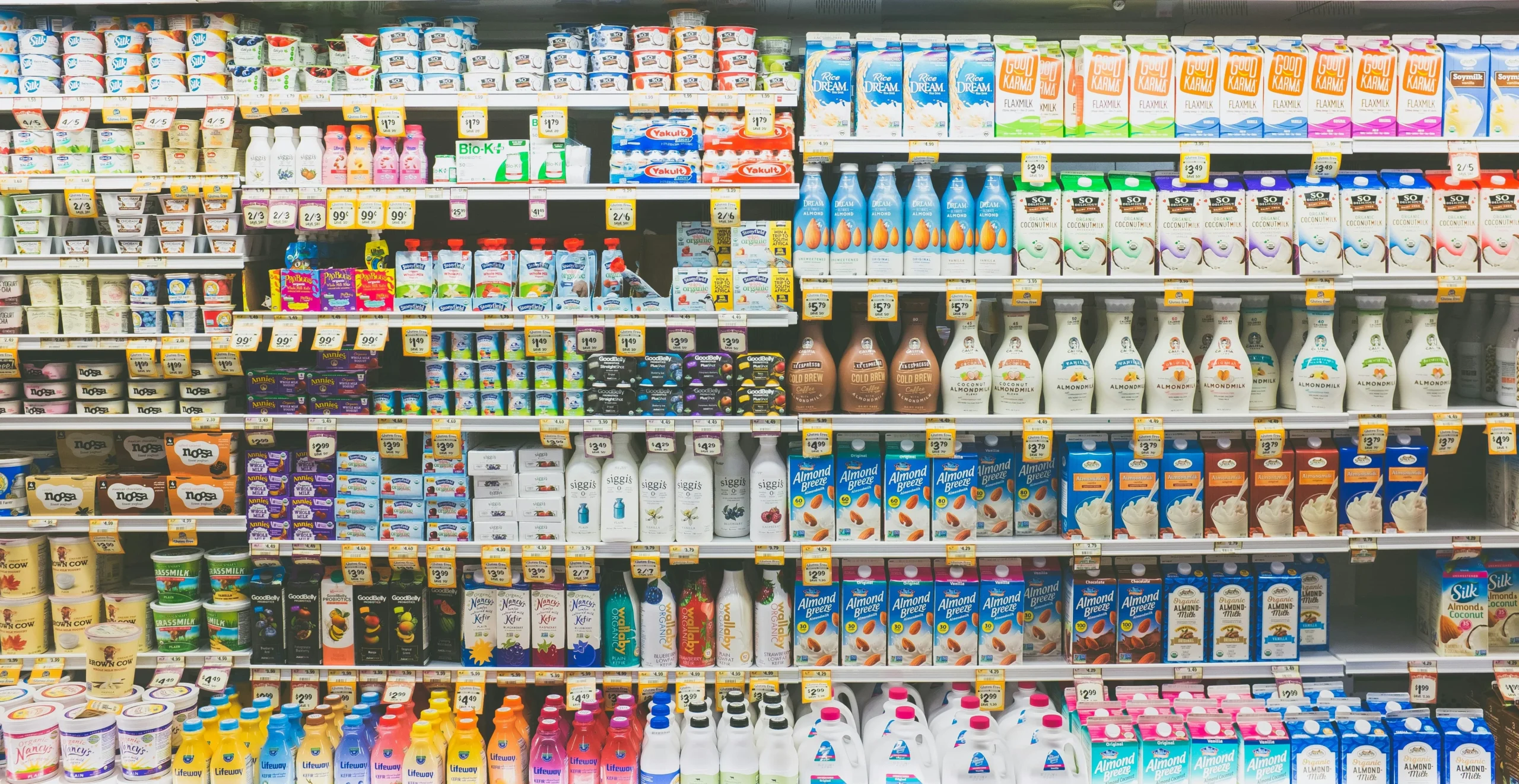
Processed foods are a common topic of discussion when it comes to diet and health, but what about ultra-processed foods? Ultra-processed foods, or UPFs, are often demonized, but it’s time we take a deeper look. There’s a misconception that all examples of ultra-processed foods are unhealthy or “junk.” However, many of these foods play an essential role in our modern diets, feeding billions while offering convenience and, at times, even nutritional benefits. So, can we live without ultra-processed foods?
My Food Science Background
Why should you trust my take on this? My background is in Food Science & Technology and I have over seven years of experience in the food industry, particularly in ingredients like food additives, flavors, and fragrances. Unlike many “gurus” who preach about avoiding certain ingredients without any real industry experience, I’ve worked hands-on with food processing techniques and understand their complexities. My goal is to spread real food science facts—negativity sells, but the truth about your food ingredients shouldn’t scare you.
Why Processed Foods Are Essential
I’ve been meaning to make a video about food processing for a while. It was one of my favorite subjects in college, mainly because most people don’t realize how much science and engineering are behind making food sustainable, safe, and even healthy for a global population. With eight billion people on Earth, examples of ultra-processed foods show how we rely on these technologies more than we realize. But why is that?
What are Processed Foods?
Before we get too deep, let’s clarify the different types of food processing.
According to the U.S. Department of Agriculture (USDA), a processed food has undergone changes to its natural state. These changes can range from washing, cleaning, and cutting to pasteurizing, freezing, or drying. Even adding salt or sugar to a food counts as processing.
Examples of ultra-processed foods include more complex procedures, like adding preservatives, thickeners, or artificial flavors.
But even within this category, there are nuances. Many scientist do not agree on the terminology on what classifies as ultra processed. The term “ultra-processed” lacks a precise scientific definition, with classifications often based on perception.
Types of Processed Foods
Unprocessed Foods:
Unprocessed foods are those found in nature, completely untouched by any form of human intervention. These foods are as close to their natural state as possible, retaining all their original nutrients and structure. They have not undergone any preservation, cooking, or altering process.
- Examples: A freshly picked apple straight from a tree, wild mushrooms growing in a forest, or a freshly caught fish from a river. These foods contain no additives, preservatives, or artificial ingredients.
Minimally Processed Foods:
Minimally processed foods undergo very slight changes for convenience or to preserve freshness, but their nutritional composition remains largely intact. These alterations usually involve washing, peeling, cutting, or freezing without changing the core structure or nutrients of the food. They are still considered close to their natural form.
- Examples of Minimally Processed Foods: Pre-washed and chopped lettuce sold in bags, frozen fruits or vegetables, and baby carrots that have been peeled and shaped for easy consumption. The goal is to make the food more convenient while retaining its original nutrition.
Processed Culinary Ingredients:
Processed culinary ingredients are derived from natural sources but undergo some level of processing to make them suitable for cooking. These include items like oils, sugar, and salt, which are processed from natural sources like seeds, plants, or minerals but are not consumed on their own. They’re often used to enhance or prepare other foods.
- Examples of Processed Culinary Ingredients: Olive oil, extracted from olives through mechanical pressing; granulated sugar, derived from sugar cane or sugar beets; and sea salt, harvested from evaporated seawater. These ingredients are staples in the kitchen and are used in various recipes.
Processed Foods:
Processed foods have undergone some preservation or preparation processes that often involve adding ingredients like salt, sugar, or oils to enhance their flavor, durability, or shelf life. These foods typically involve canning, pasteurization, or freezing to make them last longer or to make them easier to store. While still relatively close to their natural state, they are more modified than minimally processed foods.
- Examples Processed Foods: Canned vegetables (like green beans or corn), pasteurized milk (which is heated to kill bacteria), and smoked or cured meats (such as ham or bacon). These foods may have some added ingredients but generally still resemble the original food source.
Ultra-Processed Foods:
Ultra-processed foods are highly engineered products, made from multiple ingredients that include additives such as sweeteners, preservatives, artificial colors, and emulsifiers. These foods are designed for convenience, long shelf life, enhanced taste, and improved texture. They may or may not bear resemblance to their original ingredients due to the extent of processing. Ultra-processed foods are typically packaged, ready-to-eat, and created using industrial processes.
- Examples of Ultra-Processed Foods: Granola bars with added sugar and preservatives for longer shelf life, flavored yogurt with artificial sweeteners and thickeners, and protein powders, which are highly refined from their original protein sources. These products are often more about convenience and flavor than retaining the natural qualities of the ingredients they’re derived from.
| Type of Processed Food | Definition | Examples |
| Unprocessed Foods | Natural, unaltered foods without any processing. | Freshly picked apple, wild mushrooms, freshly caught fish. |
| Minimally Processed Foods | Slight alterations that don’t significantly change the nutritional value, such as washing, peeling, or cutting. | Pre-washed and chopped lettuce, frozen fruits and vegetables, baby carrots. |
| Processed Culinary Ingredients | Ingredients derived from natural sources, processed for use in cooking. | Olive oil, granulated sugar, spices. |
| Processed Foods | Foods that have undergone preservation or preparation processes with added ingredients to enhance flavor, durability, or shelf life. | Canned vegetables, pasteurized milk, smoked or cured meats. |
| Ultra-Processed Foods | Highly engineered products with additives like sweeteners, preservatives, artificial colors, and emulsifiers, often with a long shelf life. | Granola bars, flavored yogurt, protein powders, baby formula. |
Why We Can’t Live Without Ultra-Processed Foods
1. Global Population and Food Supply
Modern food processing techniques are essential for feeding 8 billion people because natural ingredients alone can’t meet global demand. Consider tomatoes as an example—this scenario applies to many fruits, vegetables, and natural extracts. There simply aren’t enough oranges on the planet to satisfy the demand for all the orange-flavored foods and beverages we consume.
For instance, orange juice is often stored in massive tanks for years, and flavorings are added to maintain its familiar taste. Recently, an orange shortage in Florida highlighted the reliance on flavorings to ensure a consistent product. Even under perfect weather conditions, we don’t grow enough oranges to flavor all the products worldwide. Additionally, growing more oranges would require clearing more land, which could have significant environmental impacts. Examples of ultra-processed foods include adding flavor aromas that can come from the extraction of natural oranges, keeping orange juice in tanks for over a year, or adding fortified nutrients or even preservatives. Enjoying these flavors consistently would be challenging without examples of ultra-processed foods.
If we consider the real cost of distributing all-natural, freshly pressed orange juice for the entire population, it goes beyond just $4 per carton. You could be looking at prices upwards of $30 for a carton. Who could afford that? Currently, many juicing companies offer freshly pressed juice, charging around $10.99 for just 59 ounces, and they still don’t capture a large market share. If they did capture a large market share and cold press was the only option, the question is- would they be able to sustain demand? So why do most people opt for more affordable brands like Tropicana? The true cost of “all-natural cold press” juice is simply unaffordable for the average consumer. Let’s face it, most people are not Kardashians who can easily afford such luxuries.


For those who advocate for an “all-natural” diet, it’s worth noting that if America exclusively relied on local produce without food processing techniques, such a lifestyle would be economically unfeasible for most people. Only a few, like high-profile individuals such as the Kardashian, could afford it. Moreover, this shift could impact societal roles and reduce food production, affecting everyday life and access to food for the average person.
We’ve also seen a growing trend to demonize texturizing agents because they sound unnatural. Take xanthan gum, for example. It’s commonly used as a thickener in many of your favorite hot sauces, providing that glossy, viscous texture. Xanthan gum is full of fiber and used in such small quantities that it is not harmful. Check out my video on xanthan gum, where I explain its role in Frank’s Hot Sauce. The amount used is minimal but effective in achieving the desired consistency.
I’m not suggesting that junk food is healthy, but in moderation, it’s not the enemy. The issue is that many people struggle with understanding what moderation truly means. Removing certain ingredients from processed foods can lead to less appealing products that spoil faster and are more expensive.
2. Affordability
The third reason we can’t live without processed foods is affordability. Many companies have attempted to eliminate food additives, but consumers often notice the difference. Products without these additives don’t taste as good, spoil faster, or have to be sold in smaller packages to prevent spoilage, which can be costly for consumers.
People often forget that someone else is making their food, not themselves, and that process involves significant costs. From farming (which often involves exploitation) to labor in factories (also subject to exploitation), machines, packaging, shipping, and shelf costs, the expenses add up. It’s not just about growing your own food and making tomato sauce, where the primary cost is your time—time that is also valuable and costs money. That’s why better ingredients and fair trade options are often unaffordable for most Americans.
I don’t believe the food industry is harming us; rather, it is adapting to our demand for affordable, abundant food. The average person has never had access to such a wide array of affordable food options throughout history. As a result, ingredients and taste may be compromised to keep prices low. Efforts to improve labor conditions in other countries often lead to higher costs that are passed on to consumers. Companies can only absorb so much cost before they risk transitioning from business to non-profit.
Affordability is not just about money but also about ensuring food distribution to everyone. When comparing products like Pringles to “Better Ingredient” Chips, it’s important to consider that most families can’t afford premium options for their kids unless they make them from scratch—incurring additional costs like time. Many families live in food deserts, where accessing fresh groceries is challenging. Chips are often sold in smaller packages to make them more affordable and manageable for consumers who can’t make frequent trips to the store. For more insights into food deserts, check out my video on food deserts in the Baltimore-DC area.
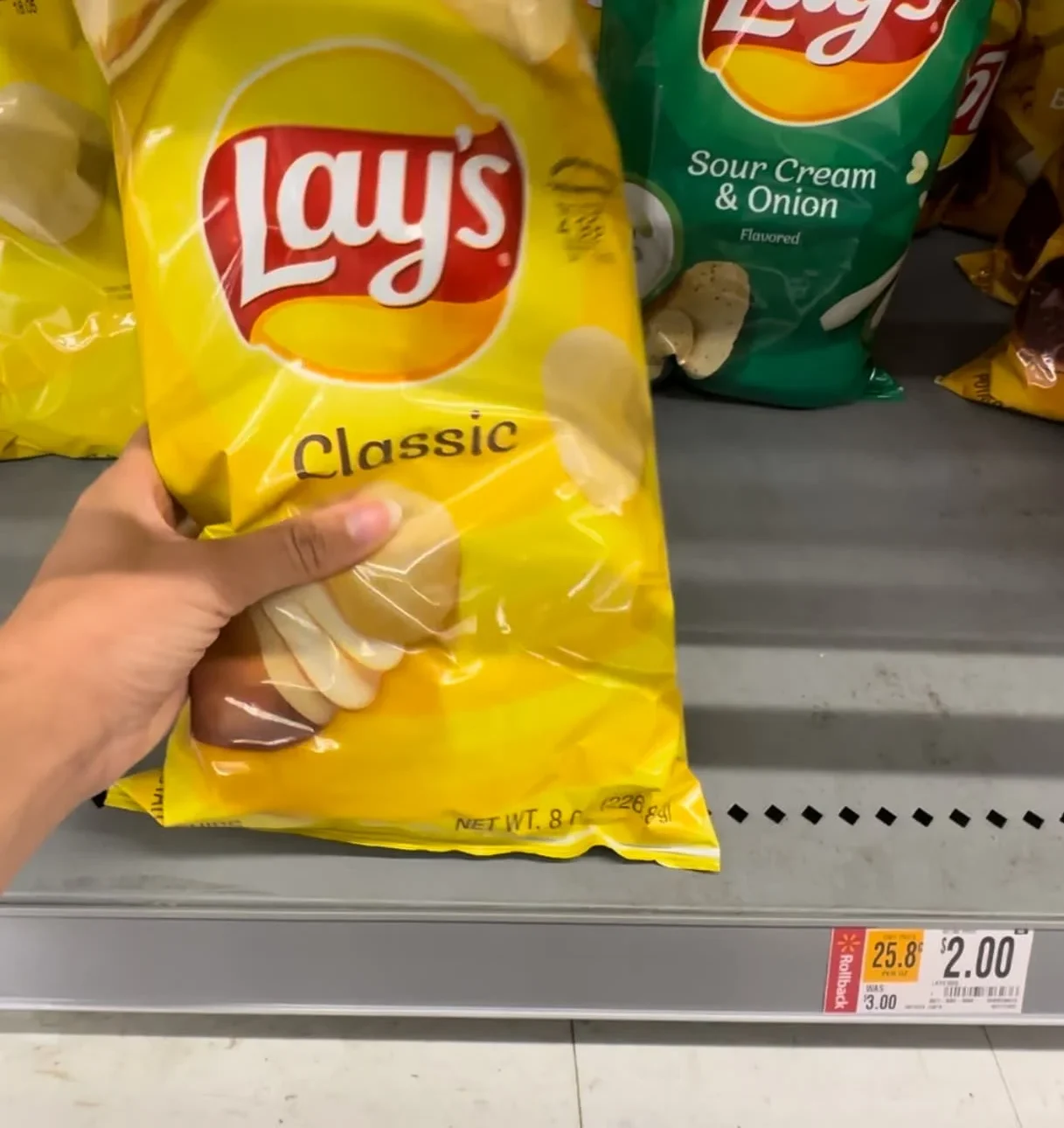
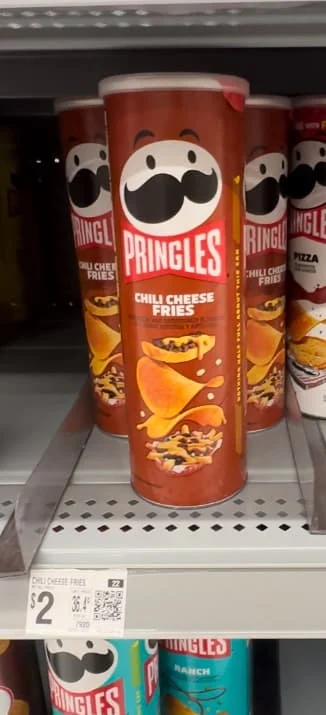
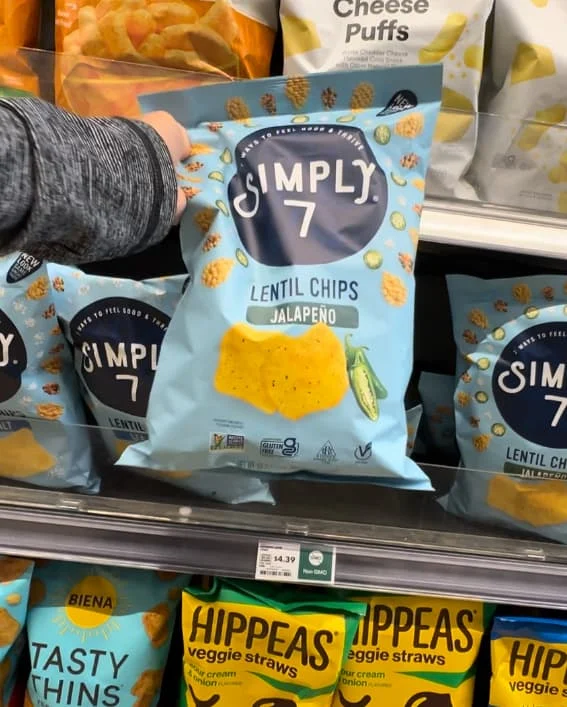
3. Feminism
One of the key arguments for why we can’t live without processed or ultra-processed foods is that it’s a feminist issue. Who exactly are we expecting to dedicate the time and labor to prepare minimally processed alternatives at home? Who’s supposed to weigh how much nutrients is in each meal and decide what’s best for the family’s health? And who’s going to spend that extra time at the grocery store, scrutinizing ingredient lists and making sense of recipes?
No matter how much the world is changing, globally, the burden of food preparation and planning still falls disproportionately on women. This adds to their already heavy workload, especially for working mothers balancing careers and household responsibilities. So, when we talk about shifting away from processed foods, we also need to address the unequal distribution of labor within households and who’s expected to pick up the slack.
And shifting toward eating fewer processed foods is likely to add even more pressure on women. It’s no coincidence that the rise of processed foods parallels the increasing number of women joining the workforce. Feminism played a huge role in freeing women from daily manual labor in the kitchen. With more time on their hands, women started working full-time, and processed foods became the norm in grocery stores. Convenient options like canned goods, frozen vegetables, and microwave meals became essential. As more women work 40-hour weeks, families have leaned on ultra-processed foods (UPFs) even more.
The idea that “Oh, we should just make everything from scratch” isn’t realistic for most people. This “trad wife” trend might seem cute, but let’s be real: it’s a full-time job. Look at Kourtney, for example. She’s out here promoting clean, unprocessed eating while making a living selling ultra-processed supplements—that’s what I’d call a walking contradiction. Having a private chef is so out of touch with reality. If she didn’t have a chef to whip up natural almond milk, she’d be eating processed food just like the rest of us.
Debunking the Myths About Ultra-Processed Foods
Many people believe that all ultra-processed foods are harmful, but that’s not necessarily true. Technological advancements allow us to modify processed foods in ways that actually improve their nutritional value. Using taste modifiers, we can enhance flavor while reducing unhealthy fats, sugar, and salt—ultimately making certain foods healthier without sacrificing taste.
The real issue isn’t the food processing itself; it’s the overconsumption of certain nutrients like sugar or fat. Two loaves of bread might both be ultra-processed, but one could be loaded with sugar while the other is balanced. It’s up to consumers to stay informed about their choices.
The True Cost of Processed Foods
If ultra-processed foods disappeared tomorrow, the cost of living would skyrocket. Companies that have tried to eliminate food additives often produce foods that spoil quicker or need to be sold in smaller quantities. As a result, they have to charge much more, making it less affordable for the average person.
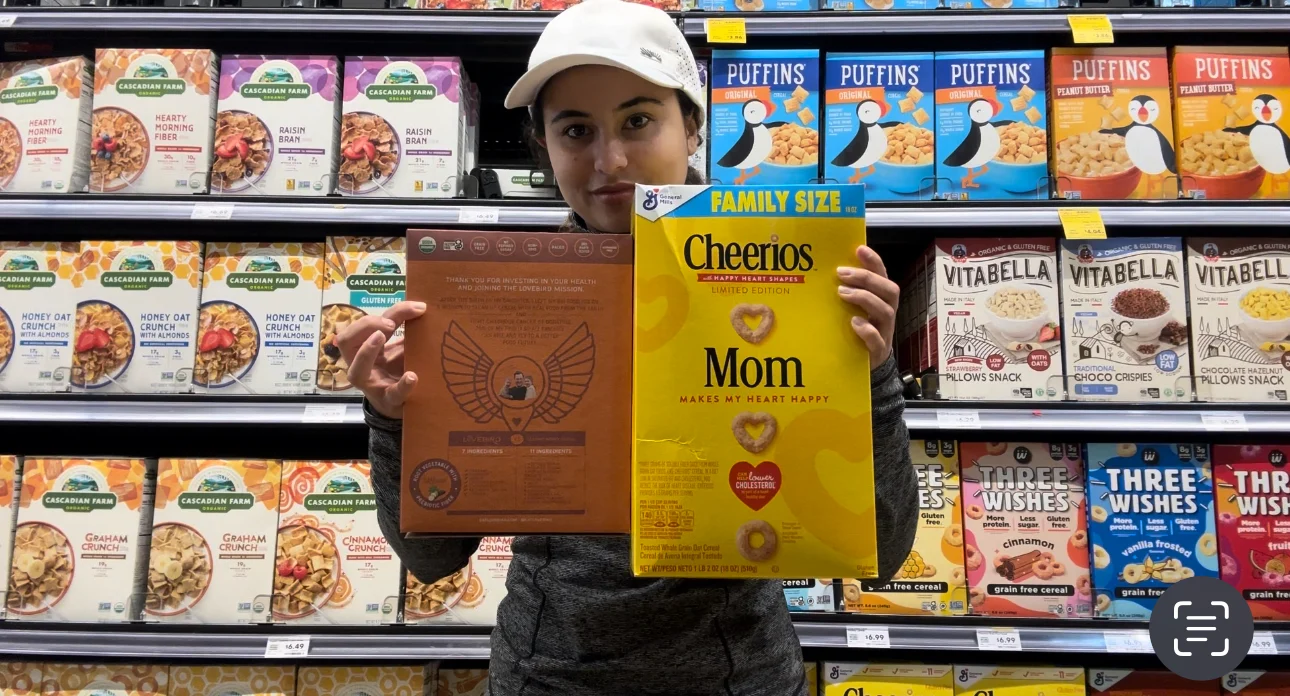
There’s also the issue of distribution—how would we distribute fresh, all-natural foods to the entire population? Without preservatives and stabilizers, foods wouldn’t last on store shelves, and consumers would need to shop more frequently, adding another layer of cost.
Examples of Ultra-Processed Foods
We need to stop equating ultra-processed foods with junk food. Many of these products serve an important role in feeding the global population while ensuring food remains affordable, safe, and accessible. Exampls of ultra-processed foods include protein powders to canned goods. These foods allow people to eat without breaking the bank, are incredibly safe, are used a form of preservation to stay on your shelves for a long time, and are time saving options.
Remember, the real issue isn’t whether a food is processed or ultra-processed—it’s how much we’re consuming and the nutrients we are intaking. If we become more mindful of our diets, we can continue to enjoy the convenience of processed foods without sacrificing our health.
Conclusion
We were promised that automation would lead to shorter working hours, but that hasn’t exactly materialized. We had high hopes for remote work but companies want us back in the office. If we want to change how we consume food, it’s going to require some serious sacrifices and discussions as a society.
Are women going to take on more of the responsibility for preparing home-cooked meals by reducing their working hours? Are men going to step up and do the same? Will companies offer 3-4 day workweeks or shorter hours to give us the time we need to cook nutritious food at home? Because until we address these bigger issues, processed food will continue to dominate.
Personally, I’d love to see a more flexible work-life balance that allows us the time to prepare whole, nutritious meals. At the same time, we need a stronger focus on truly regenerative farming practices that improve soil health and grow more nutrient-dense food. Right now, we’re lacking social protections, especially around raising children. Both parents are often forced into the workforce full-time, which only adds to the reliance on processed food. If we don’t address these root issues, it’s hard to see real change happening.
In conclusion, examples of ultra-processed foods are far more nuanced than they’re made out to be. While it’s essential to be mindful of what we eat, we shouldn’t demonize entire food categories based on how they’re processed. With a global population to feed and rising living costs, ultra-processed foods provide affordable, sustainable, and—at times—nutritional options for millions.
